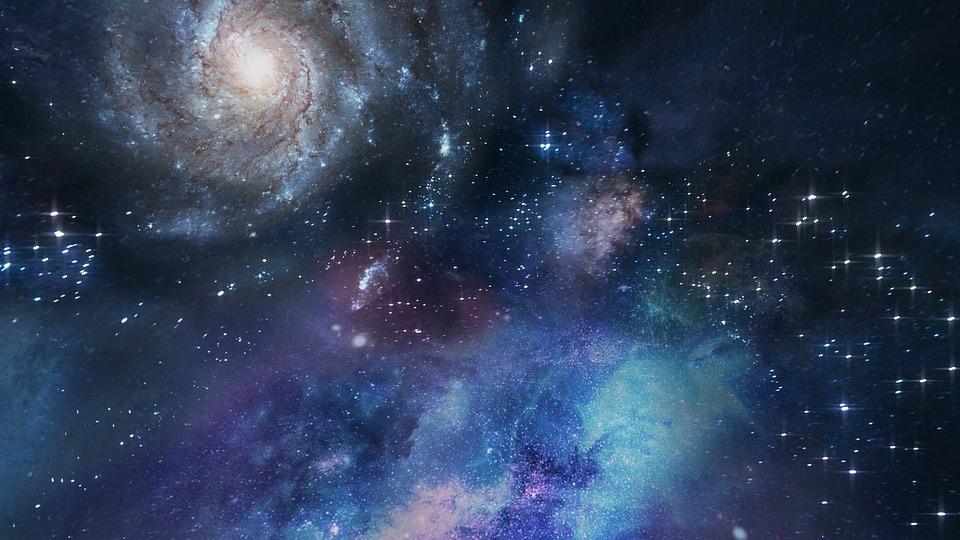The Brightest Lights: Exploring the Wonders of Supernovas
Supernovas are some of the most spectacular events in the universe. They are the brightest and most powerful explosions in the cosmos, releasing more energy than our sun will in its entire lifetime. Supernovas occur when a star reaches the end of its life and collapses in on itself, releasing a huge burst of energy. This energy is so powerful that it can outshine an entire galaxy.
Types of Supernovas
There are two main types of supernovas: Type I and Type II. Type I supernovas occur when a white dwarf star, which is the remnant of a star that has already gone through its life cycle, accretes matter from a companion star. This causes the white dwarf to become unstable and explode. Type II supernovas occur when a massive star runs out of fuel and collapses in on itself. This causes the star to explode in a much more powerful way than a Type I supernova.
The Aftermath of a Supernova
The aftermath of a supernova is just as fascinating as the explosion itself. After the explosion, the star is left with a dense core, known as a neutron star. This neutron star is incredibly dense, with a mass that is greater than the sun but with a diameter of only a few kilometers. Neutron stars are also incredibly hot, with temperatures reaching up to a billion degrees Celsius.
The Benefits of Supernovas
Supernovas are incredibly important for the universe. They are responsible for creating many of the elements that make up our universe, such as oxygen, carbon, and iron. Supernovas also help to spread these elements throughout the universe, allowing them to form new stars and planets.
Conclusion
Supernovas are some of the most powerful and awe-inspiring events in the universe. They are responsible for creating many of the elements that make up our universe and help to spread them throughout the cosmos. Supernovas are truly a wonder of the universe and are worth exploring.
